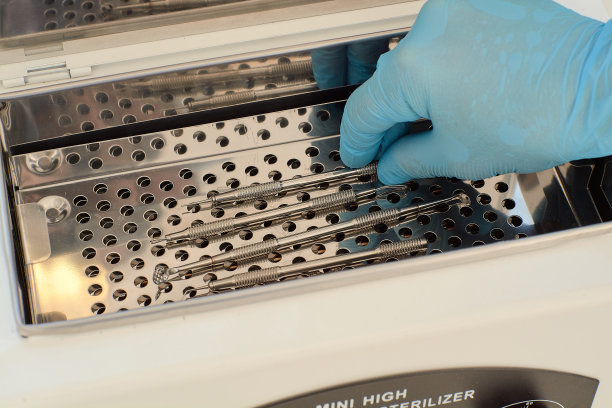Essential Precautions to Ensure a Successful Root Canal Treatment and Enhance Patient Safety Throughout the Procedure
Summary: Root canal treatment is a crucial dental procedure aimed at saving infected teeth and alleviating pain. However, its success can be influenced by several factors, including meticulous preparation, effective communication, patient monitoring, and thorough post-operative care. This article discusses essential precautions that dental professionals should implement to ensure successful outcomes and enhance patient safety throughout the procedure. By focusing on these key aspects, dentists can not only streamline their processes but also foster a comfortable and reassuring environment for their patients, ultimately promoting a positive experience during root canal treatments.
1. Importance of Comprehensive Pre-Treatment Assessment

A comprehensive pre-treatment assessment sets the stage for a successful root canal procedure. Dentists need to perform thorough diagnostic examinations, including radiographs, to evaluate the extent of dental damage and root canal anatomy. Understanding the condition and unique complexities of the tooth in question allows the practitioner to tailor their approach accordingly.
Additionally, obtaining a detailed medical history from the patient is essential. This includes identifying allergies, current medications, and any underlying health conditions that may influence treatment outcomes. By being aware of these factors, practitioners can minimize risks and enhance safety.
Creating a calm environment for patients during this stage is vital as well. Educating patients about the procedure and addressing any concerns or questions can alleviate anxiety, leading to better cooperation during treatment. A well-informed patient is more likely to experience positive results.
2. Adhering to Sterilization Protocols
Infection control is paramount during root canal treatments. Adhering to stringent sterilization protocols protects both the patient and the dental team from potential infections. Dentists must ensure that all instruments are properly sterilized before use and that disposable materials are utilized whenever possible.
Furthermore, maintaining a sterile field during the procedure is crucial. This involves the use of proper barriers, such as gloves, masks, and gowns, to prevent cross-contamination. Dentists should also ensure that their hands are washed thoroughly before and after each procedure.
Regular training in infection control practices can also enhance safety. Dental teams should stay updated on current guidelines and best practices related to sterilization and infection control. This not only safeguards patient health but also promotes a reliable and professional office environment.
3. Effective Communication During the Procedure
Clear and concise communication is essential during the root canal process. Dentists must keep patients informed at each step, explaining what they are doing and why. This transparency helps build trust and reduces anxiety, allowing patients to feel more comfortable.
Involving dental assistants in this process is equally important. By effectively communicating roles and responsibilities, the team can work more harmoniously, ensuring seamless workflow. For instance, the assistant can provide the dentist with necessary tools promptly while monitoring the patients comfort levels.
Moreover, it is crucial to ask for patient feedback during the procedure. If a patient experiences discomfort or needs a break, addressing those concerns immediately can enhance the overall treatment experience. This collaborative approach fosters a supportive atmosphere and improves patient satisfaction.
4. Implementing Rigorous Post-Operative Care
Once the root canal treatment is completed, robust post-operative care is critical for successful recovery. Dentists should provide clear instructions on aftercare, including medication management and dietary restrictions. When patients know what to expect and how to manage their recovery, they are less likely to experience complications.
Additionally, scheduling follow-up appointments allows for monitoring healing and addressing any concerns promptly. During these visits, practitioners can assess the success of the procedure and make adjustments if necessary. Prompt identification of issues can prevent lasting problems.
Encouraging patients to report any unusual symptoms or discomfort immediately can also lead to better outcomes. Patients should feel empowered to reach out if something doesn’t feel right. This proactive approach enhances communication between the patient and the dentist, ensuring a thorough recovery process.
Summary:
In conclusion, the success of root canal treatment largely hinges on essential precautions taken before, during, and after the procedure. From comprehensive pre-treatment assessments to rigorous post-operative care, every step plays a critical role in enhancing patient safety and the overall experience. By prioritizing these precautions, dental professionals can optimize treatment outcomes and foster an environment of trust and care.
This article is compiled by Vickong Dental and the content is for reference only.



